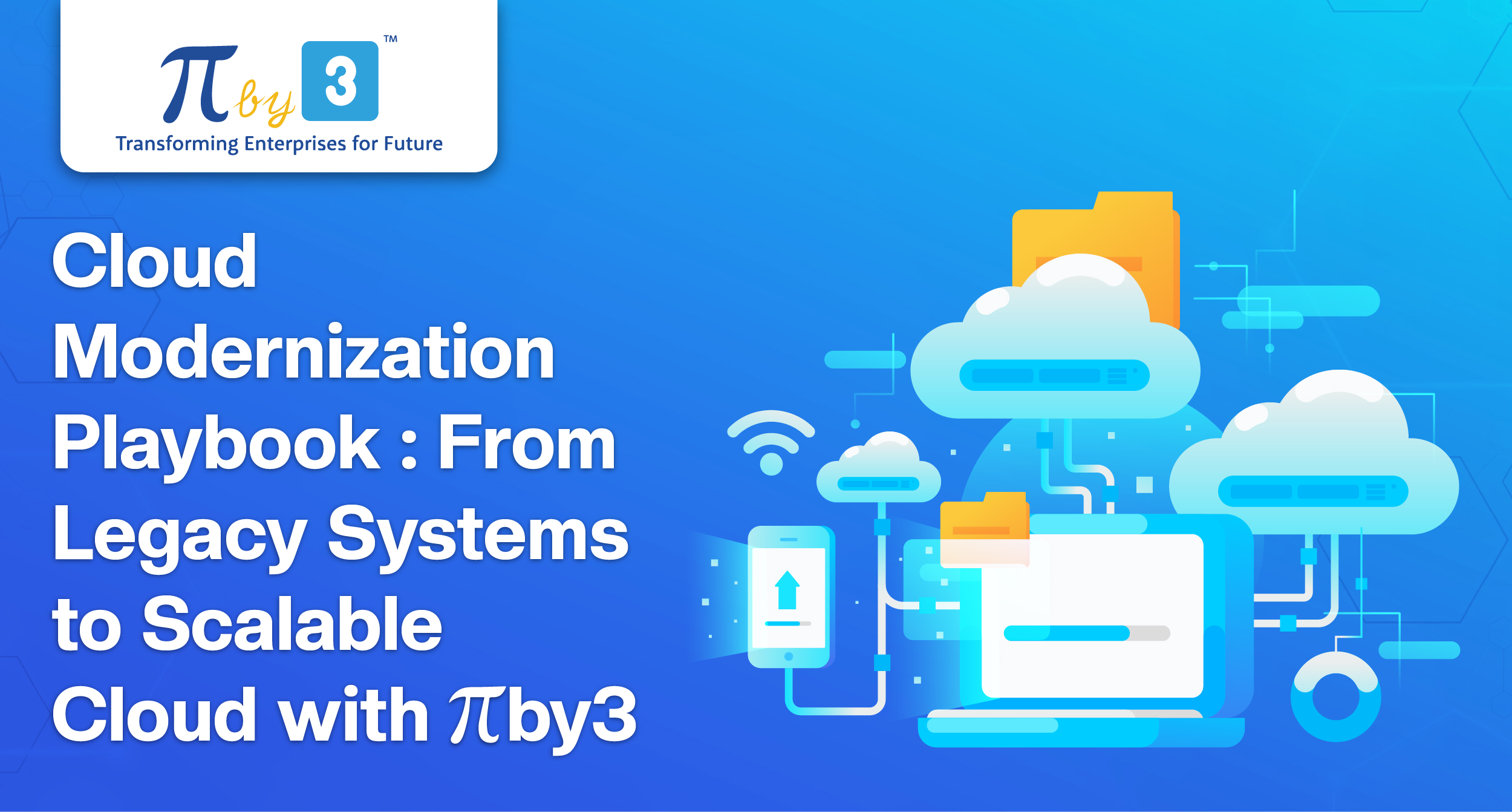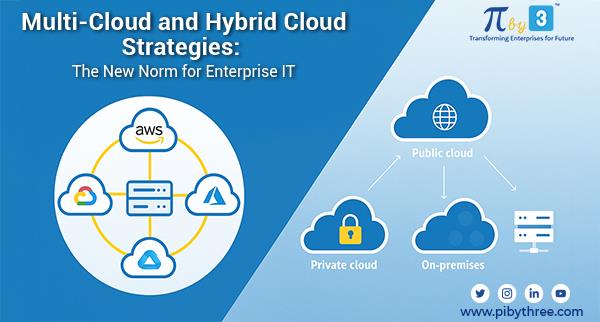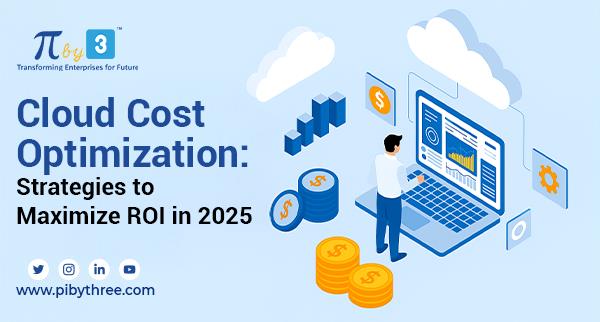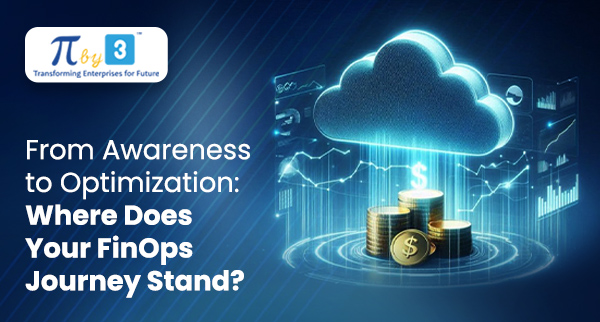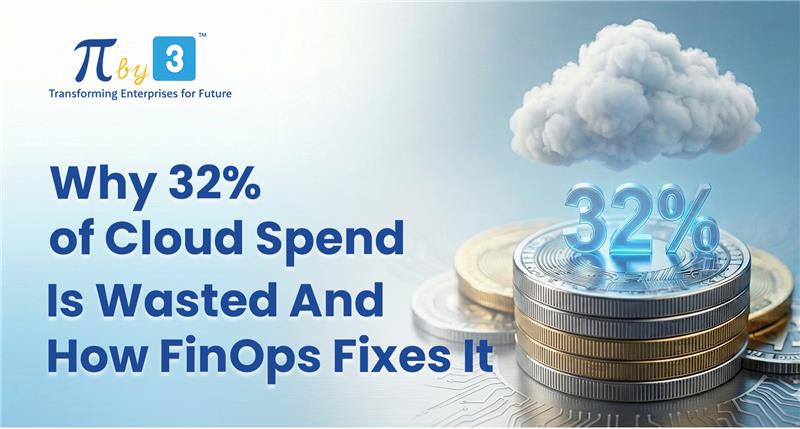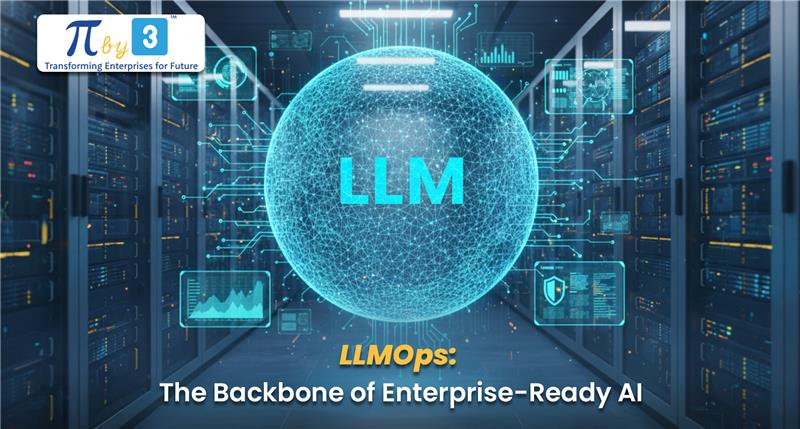1. Why Modernize? Understanding the Need
Legacy systems often carry high maintenance overhead, limited scalability, outdated technology stacks, and slower innovation cycles. Transitioning to the cloud brings:
- Cost efficiency via pay‑as‑you‑go models and FinOps practices.
- Agility to deploy new features rapidly.
- Resilience and scalability through cloud‑native architectures.
- Better security and compliance posture, especially in regulated industries.
2. Foundation: Assess, Strategize, Prioritize
2.1 Assessment and Discovery
- Inventory all legacy applications, mapping dependencies, usage patterns, and technical debt.
- Evaluate which systems deliver high business value and are ripe for modernization.
- Identify risks, compliance gaps, and bottlenecks in current architecture.
2.2 Strategic Roadmap & Objectives
- Define clear goals: cost savings, faster releases, improved reliability, or customer experience.
- Prioritize workloads: Start with low-risk, high-impact candidates.
- Build a phased migration plan aligned with your business cycles.
2.3 Maturity Assessment & Governance Model
- Use frameworks (like maturity grids) to track progress and stakeholder roles.
- Consider forming a Cloud Center of Excellence to drive standards, knowledge, and continuous improvement.
3. Migration Strategies & PibyThree’s Approach
3.1 Stay Cloud‑Agnostic, Use Proven Accelerators
PibyThree offers modular tools that support hybrid, cloud‑only, and multi‑cloud journeys:
- DataMig: Secure, validated data migration.
- π‑Recon: Ensures integrity through reconciliation post‑migration.
- π‑Ingest: Automates ingestion from multiple legacy sources.
- RoboPod: Automates container and Kubernetes deployments.
3.2 Migration Patterns
- Lift‑and‑shift for low-risk, minimally altered applications.
- Refactoring or re‑architecting to adopt cloud‑native primitives like microservices and serverless.
- Strangler‑fig approach gradually replaces legacy functions with new cloud modules while keeping systems running.
3.3 Containerization & Microservices
- Break monoliths into independent services.
- Use Docker and Kubernetes for portability and auto‑scaling.
- Leverage RoboPod to automate deployments and updates.
4. Embedding Security, Compliance & Governance
- Use Cloud Security Posture Management (CSPM) for continuous risk detection.
- Enforce encryption, identity & access controls, and adhere to standards like GDPR, HIPAA, ISO/IEC 27001.
- Automate patching and updates across cloud workloads using tools like RoboPod.
5. Cost Optimization & Cloud Governance
- FinOps powered tools like SnowDash audit cloud spend, flag inefficiencies, and enable cost transparency.
- Ongoing reviews (monthly/quarterly/annual) foster optimization cycles.
- Establish policies for tagging resources, rightsizing services, and tracking ROI against KPIs
6. Execution, Continual Improvement & Culture
6.1 Agile Implementation & Early Wins
- Roll out modernization in sprints, beginning with quick wins to build momentum.
- Learn from early phases to refine later, more complex migrations.
6.2 Build Cloud‑Ready Workforce
- Upskill teams on cloud, DevSecOps, container orchestration, FinOps, security best practices.
- Engage by practicing “shift‑left” security and automation-first delivery.
6.3 Measure, Iterate & Innovate
- Track KPIs such as deployment velocity, cost per service, failure rate, recovery time.
- Maintain feedback loops from operations, developer teams, and customers.
- Regularly explore emerging cloud features and AI‑enriched services to drive continuous innovation.
7. PibyThree Playbook at a Glance
| Stage | PibyThree Capability | Purpose |
| Plan & Assess | Cloud consulting, strategy roadmaps | Align transformation with business goals |
| Migrate & Modernize | DataMig, π‑Ingest, π‑Recon, RoboPod | Streamline lift‑and‑shift, refactoring, containerization |
| Secure & Govern | CSPM, DevSecOps automation | Ensure continuous compliance, risk mitigation |
| Optimize & Operate | SnowDash, FinOps services | Drive cost savings and resource optimization |
| Support & Innovate | Managed services & Cloud CoE support | Enable agility and ongoing transformation |
Conclusion
Migrating legacy systems to the cloud is a layered journey from discovery and strategic planning, through phased migration, to embedding security, managing costs, and nurturing a cloud‑enabled culture. PibyThree supports this end‑to‑end transformation with its ℼ‑pillar accelerators, consulting expertise, and continuous engineering capabilities.
By following this playbook, organizations can not only modernize their infrastructure but also unlock agility, innovation, and enduring business outcomes in a scalable, secure, and cost‑efficient cloud environment.
From Legacy to Cloud: A Strategic Blueprint for Digital Transformation
In an era where agility and innovation drive competitive advantage, many organizations still rely on outdated legacy systems. Transitioning to the cloud is not just a technological shift.
